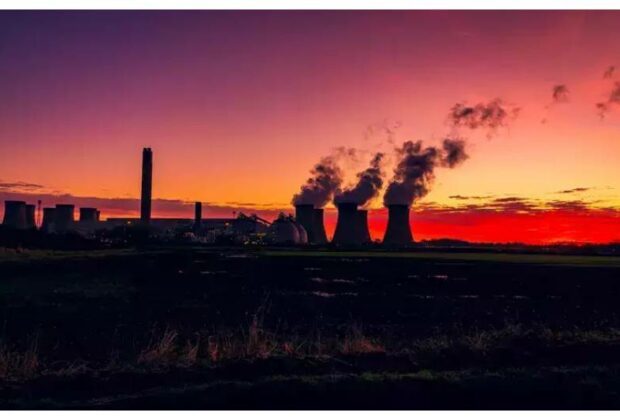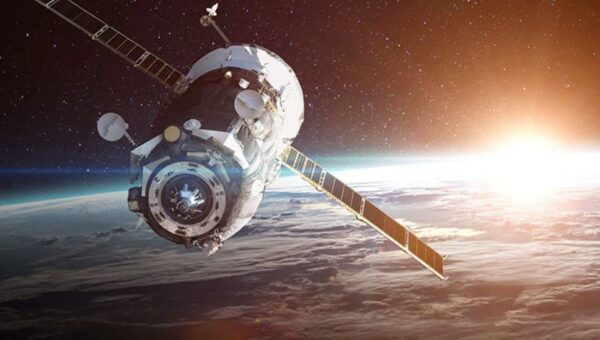Our planet is in dire need of a quicker, greener method of capturing and storing carbon dioxide, the infamous greenhouse gas that is to blame for climate change. Thanks to ground-breaking hydrate technology created by experts at the University of Texas at Austin, the hunt may finally be done.
Professor Vaibhav Bahadur of the University of Texas at Austin’s Walker Department of Mechanical Engineering oversaw the science behind this ground-breaking invention. The study undoubtedly changes the way we think about carbon storage.
Benefits of hydrates for carbon capture
Hydrates present a universal approach to storing carbon, which is crucial given the enormous task of safely removing gigatons of carbon from our atmosphere. In order for them to play a significant role in carbon storage, Professor Bahadur stated, “We need the technology to grow them at scale and quickly.
The environmental benefits of carbon capture can be countered by rapidly growing hydrates without the need of chemicals, as demonstrated by our findings.
Carbon capture and sequestration, for those who are unaware, is the process of taking carbon out of the atmosphere and storing it away for future use. This strategy is considered essential to the process of decarbonizing our world.
But conventional carbon capture techniques, including pumping carbon dioxide into subterranean reservoirs, have run into problems like possible leaks, contaminated groundwater, and seismic hazards.
releasing the bottleneck in hydrate formation
Plan B for carbon storage, hydrates, was poised to become Plan A if they could overcome their primary obstacle of slow and energy-intensive creation.
Herein lies the relevance of Bahadur’s research. By increasing the rate of hydrate production six times, the team cleared the path for mass-scale carbon storage using hydrates.
The key is magnesium. This subtle component serves as a catalyst, obviating the requirement for chemical promoters.
When high-flow CO2 bubbling is combined with a certain reactor setup, you get quick and environmentally benign hydrate production. Furthermore, it works with seawater and doesn’t require complicated desalination procedures.
Advantages for the environment and viability
“Hydrates are attractive carbon storage options since the seabed offers stable thermodynamic conditions, which protects them from decomposing,” stated Bahadur.
“We are essentially making carbon storage available to every country on the planet that has a coastline; this makes storage more accessible and feasible on a global scale and brings us closer to achieving a sustainable future.”
The potential for significant environmental advantages is one of the most alluring features of this novel hydrate-based carbon capture method. Hydrates are stable on the seafloor, in contrast to conventional techniques that provide a danger of contamination and leakage.
By utilizing already-existing natural formations, this not only guarantees that collected carbon is stored safely but also lessens the need for major infrastructure development.
More importantly, the method works with saltwater, so desalination is not necessary, saving time and effort. The viability of large-scale deployment is substantially increased by this feature, particularly for coastal nations.
Researchers think that by using this method, carbon emissions can be greatly reduced and the negative effects of climate change can be delayed.
Upcoming studies and uses
Even while the current developments in carbon capture technologies are encouraging, they are only the start of what might be a revolutionary period.
Future studies are anticipated to investigate a number of topics, including reactor design optimization, magnesium catalyst efficiency enhancement, and further simplification of the hydrate production process.
To construct a carbon capture and storage (CCS) system that is completely sustainable, researchers are also investigating how to combine this technology with renewable energy sources. Furthermore, the possible uses go beyond just reducing the effects of climate change.
The potential application of hydrate technology in many industrial processes that necessitate carbon control could expand its reach and influence. With sustained investment and interdisciplinary cooperation, carbon capture appears to have a very promising future.
Hydrate technology that goes beyond carbon capture
But storing carbon isn’t the only thing at play. This extremely quick hydrate formation offers a flexible solution for a range of industries by potentially having an impact on gas separation, desalination, and storage.








